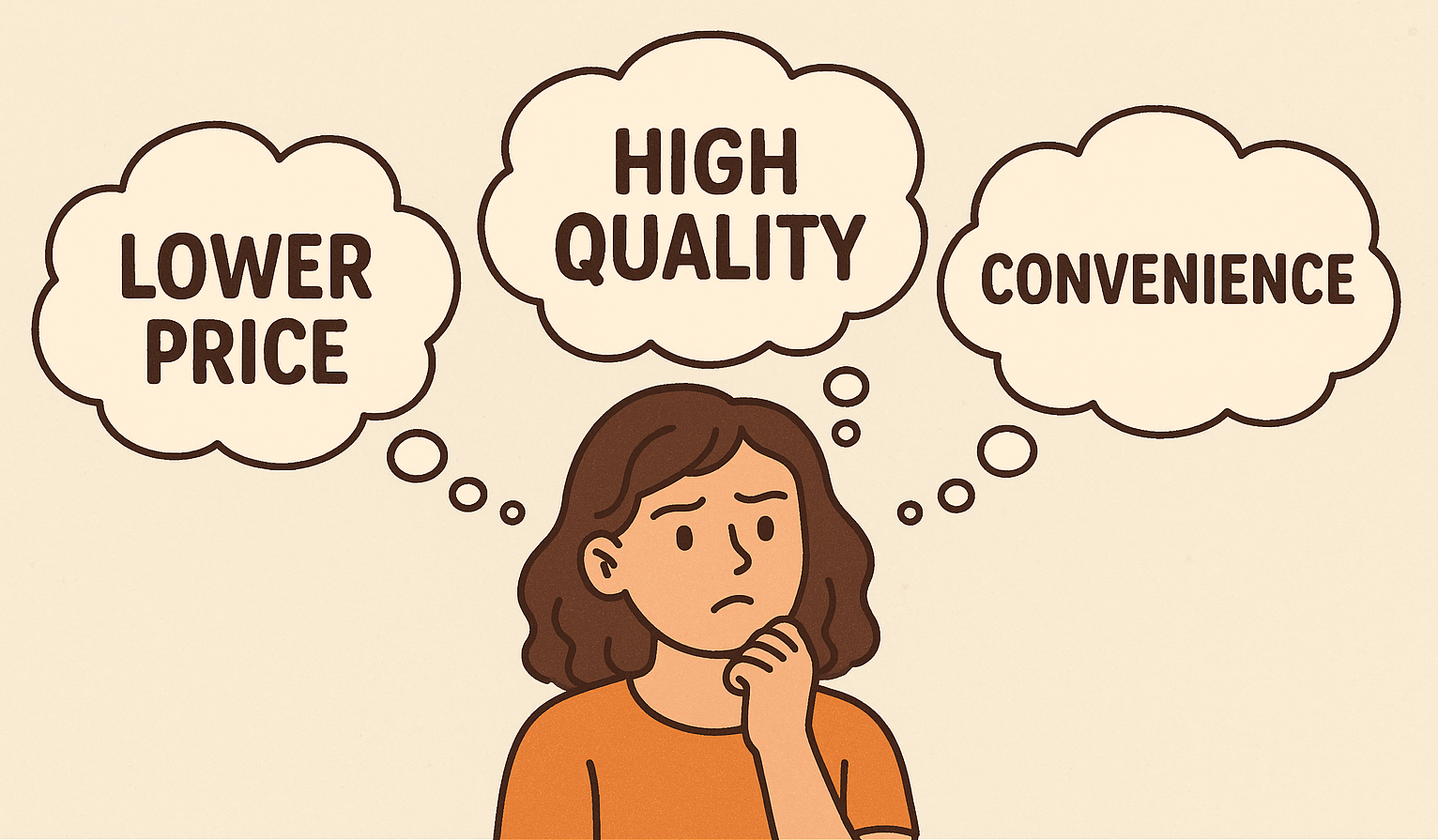In today’s crowded market, it isn’t enough to have a great product or service. Small businesses must communicate their value clearly, consistently, and compellingly across every customer touchpoint. Yet many businesses struggle with scattered messaging that weakens their brand impact. The solution? A messaging playbook for marketing strategy.
What Is a Messaging Playbook?
A messaging playbook is a strategic document that defines your brand’s key communication points. It acts as a “single source of truth” for how your business talks about itself—internally and externally. It ensures that whether a customer reads a social media post, talks to a salesperson, or visits your website, the message is unified, strong, and aligned with your brand’s goals.
Why Every Small Business Needs a Messaging Playbook
1. Ensure Consistency Across Channels
Without a central guide, marketing materials, sales conversations, and customer service interactions can sound disjointed. A messaging playbook ensures that all your communications reinforce the same value propositions and tone, no matter the platform.
2. Save Time and Reduce Confusion
Creating new marketing content becomes dramatically faster when you aren’t reinventing the wheel each time. Writers, designers, and marketers can pull approved language directly from the playbook, ensuring consistency and efficiency.
3. Strengthen Brand Positioning
Clear, consistent messaging builds trust and authority with your audience. A messaging playbook anchors your brand positioning in every campaign, helping you stand out in competitive markets and build a memorable identity.
4. Empower Your Team
From the front desk to the CEO, everyone should know how to describe your business with confidence. A messaging playbook gives employees and partners the language they need to become brand ambassadors in their own right.
5. Adapt to Growth with Ease
As your business evolves, a playbook offers a flexible foundation. When launching new products, expanding into new markets, or adjusting your brand strategy, updating the messaging playbook ensures all communication remains aligned without starting from scratch.
What to Include in a Messaging Playbook
A strong messaging playbook balances clarity and depth. At minimum, it should include the following sections:
1. Brand Overview
- Mission Statement: Why you exist.
- Vision Statement: The future you want to create.
- Core Values: The principles that guide your actions.
2. Audience Profiles
- Key customer segments
- Primary pain points
- Motivations and decision triggers
3. Value Propositions
- What problems you solve
- Why your solution is better or different
- Proof points (e.g., testimonials, data)
4. Messaging Pillars
- Three to five core themes that define your brand story
- Each pillar supported by key messages and examples
5. Tone and Voice Guidelines
- Formal vs. casual, friendly vs. authoritative, etc.
- Examples of on-brand vs. off-brand language
6. Sample Messaging
- Elevator pitch
- Website headline and subheadline templates
- Social media bios and post examples
- Email signature templates
Simple Example Structure
Mission: Empower small businesses to grow sustainably through smarter marketing strategies.
Audience: Service-based businesses (e.g., consultants, coaches, agencies) seeking to attract more clients without aggressive sales tactics.
Value Proposition: We help service-based entrepreneurs attract qualified leads consistently through clear messaging, strategic positioning, and authentic marketing systems.
Messaging Pillars:
- Clarity Builds Confidence
- Consistency Drives Growth
- Authenticity Wins Trust
Tone: Professional, encouraging, clear, and no-nonsense.
Next Steps: Build Your Messaging Playbook Today
Investing time into a messaging playbook may feel tedious initially, but it pays enormous dividends in brand strength, marketing efficiency, and team alignment. Whether you’re launching a new venture or ready to take your brand to the next level, creating a playbook is a foundational move you won’t regret.
Ready to craft a messaging playbook that powers your marketing strategy? Schedule your free discovery call today and let’s build the foundation for your business’s next level of growth.



